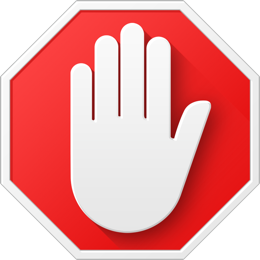A quick word on blocking ads

It looks like you are using an ad blocker. That's okay. Who doesn't? But without advertising revenue, we can't keep making this site awesome. Click the link below for instructions on disabling adblock.
Welcome to the Newschoolers forums! You may read the forums as a guest, however you must be a registered member to post. Register to become a member today!
The metric system.
The bermuda triangle
Locusts
This layout was devised and created in the early 1870s by Christopher Latham Sholes, a newspaper editor and printer who lived in Milwaukee. With the assistance of his friends Carlos Glidden and Samuel W. Soule he built an early writing machine for which a patent application was filed in October 1867.[3]
The first model constructed by Sholes used a piano-like keyboard with two rows of characters arranged alphabetically as follows:[3]
- 3 5 7 9 N O P Q R S T U V W X Y Z
2 4 6 8 . A B C D E F G H I J K L M
His "Type Writer" had two features which made jams a serious issue. Firstly, characters were mounted on metal arms or typebars, which would clash and jam if neighboring arms were depressed at the same time or in rapid succession.[4] Secondly, its printing point was located beneath the paper carriage, invisible to the operator, a so-called "up-stroke" design. Consequently, jams were especially serious, because the typist could only discover the mishap by raising the carriage to inspect what he had typed. The solution was to place commonly used letter-pairs (like "th" or "st") so that their typebars were not neighboring, avoiding jams. While it is often said that QWERTY was designed to "slow down" typists, this is incorrect – it was designed to prevent jams[4] while typing at speed, yet some of the layout decisions, such as placing only one vowel on the home row, did have the effect of hobbling more modern keyboards.[5]